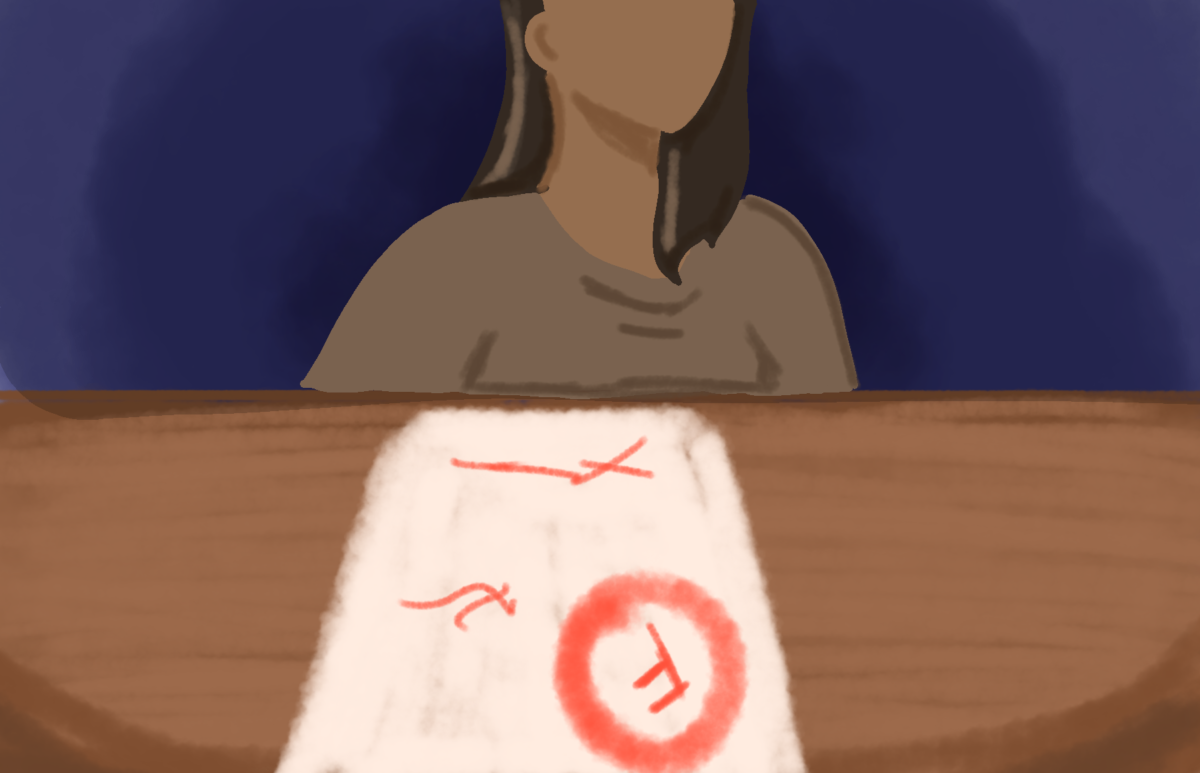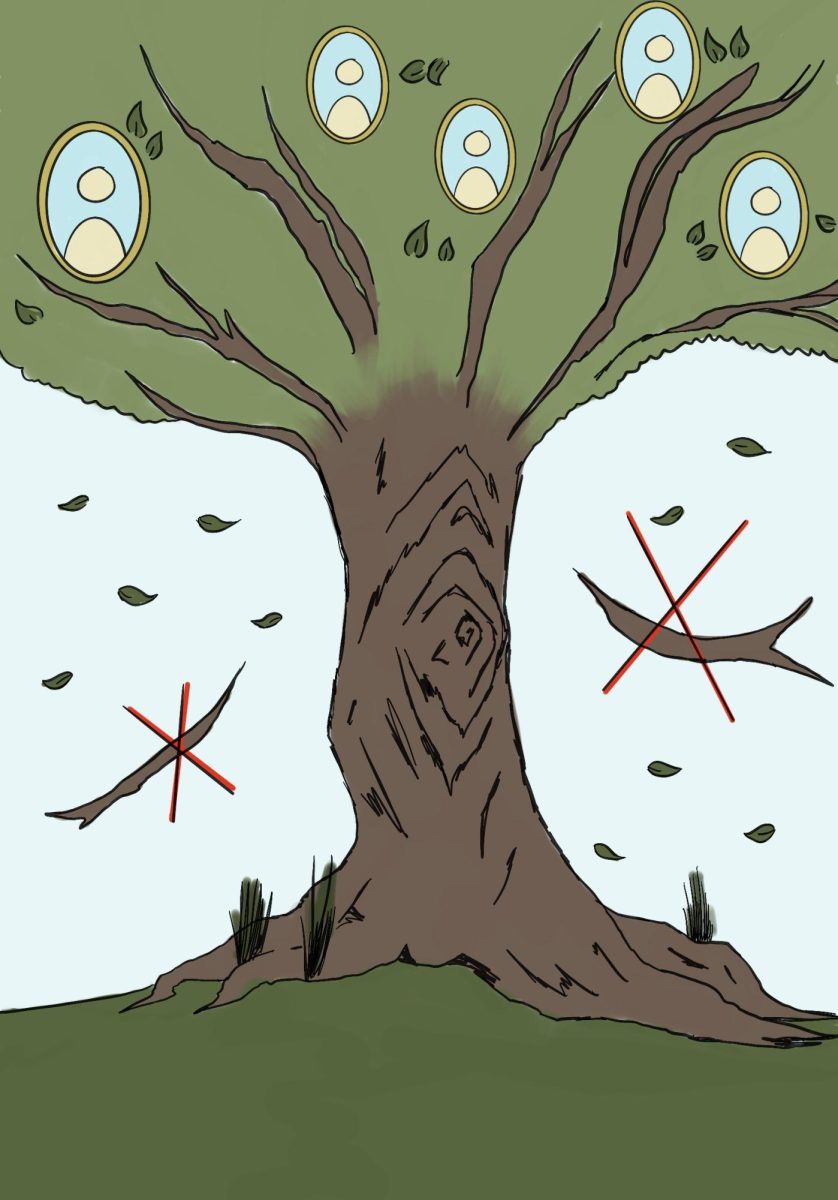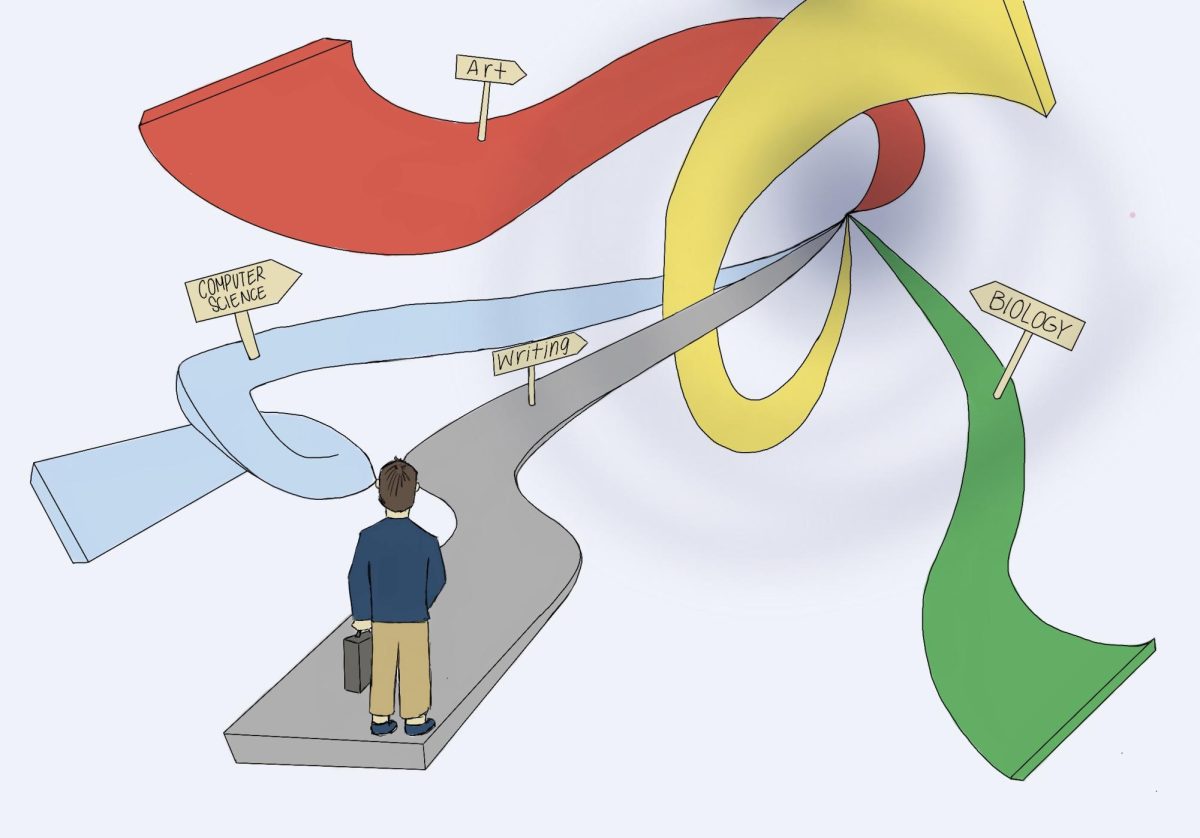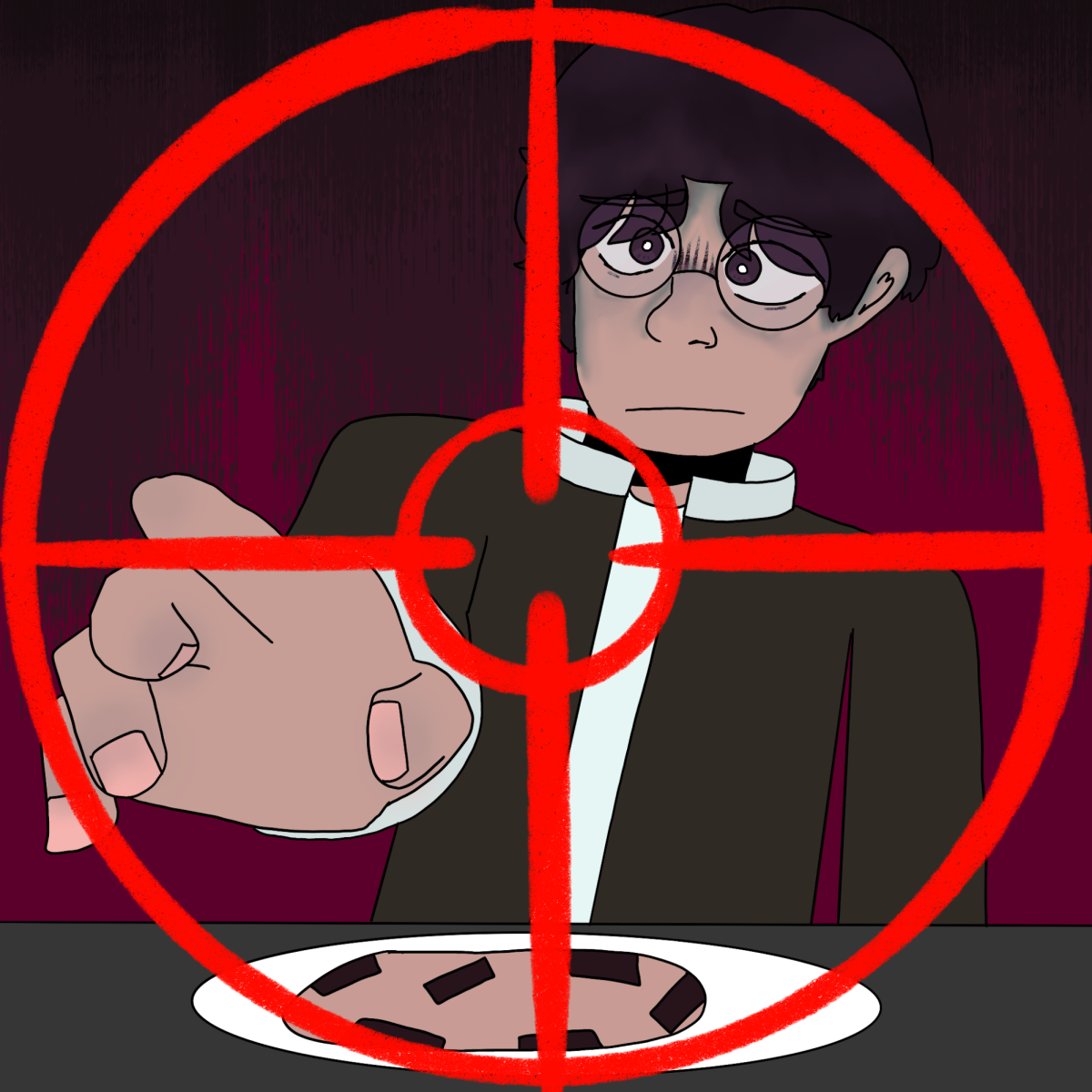DV students need to understand the negative impact that dropping multiple classes after school starts brings to the school and to themselves. In the first few weeks of school, students are given the opportunity to drop their classes in case of a mix-up or if they are uncomfortable with their schedule. But, in recent years, students at DVHS are taking course drops for granted and are signing up for classes they know they aren’t ready for—only to drop them within a few days.
Within the first week of school, many of my peers started complaining about their courses; they whined about their teachers, grades or the rigor of their courses. It’s tiring to listen to monotonous conversations that cycle through the same complaints. In reality, the blame lies in no one but the students themselves. The time spent complaining could be used to spend more time on course selections. Something that adds fuel to the fire is the fact that students continue to blame the school for their faulty judgment. If students took a fair amount of time selecting courses that were right for them, then maybe they would be in a better situation during the school year. According to the website “ZionandZion”, “41% of students drop a class while they are a freshman or sophomore at a 4-year college or university, or in their first year at a 2-year community or junior.” If students continue to keep this practice, then who’s to say it won’t happen during their college years as well? Perhaps that is something students should think about before they sign up for a class they aren’t sure about.
In fact, to battle this issue ahead of time, the school provides students with a variety of sources to mitigate the schedule change frenzy that students enter once they head back to school. “That’s why we try to educate up front and let them know we do have the Honors and AP website, we want students to see we have the time management worksheet, we do as much as we can to educate,” Principal Evan Powell comments. The main problem is that students are not listening to those who want to help them. Now whose fault is that?
Teachers and staff are indeed trying their best to educate students about the classes available to them, and give them access to several resources to help students navigate through harder classes, such as AP or Honors. Nevertheless, students continue to repeat the same mistakes, which ends up causing stress for scheduling staff during the school year.
One of the bigger mistakes is choosing one too many AP classes. There are too many students taking AP’s and dropping because they underestimated the workload.
Rajni Nijjer, a counselor here at DVHS explains, “Students may not realize what they’re taking on, especially in math, science and a lot of the advanced classes.”
It is clearly explained that AP classes are advanced college level classes, yet students continue to select many of them without a second thought about how it could affect them.
While drastic course changes pose an issue, dropping classes once school begins can be a necessity for many students. Say, a student has to leave a class because of a mix-up, the option to switch this course can be a much needed change. To serve this issue, imposing restrictions on the number of course changes a student is allowed can mitigate this problem.
So students, it’s time to stop taking advantage of our school system and instead be mindful of what we’re signing up for because listening to students complain about things they brought upon themselves is getting pretty exhausting.







